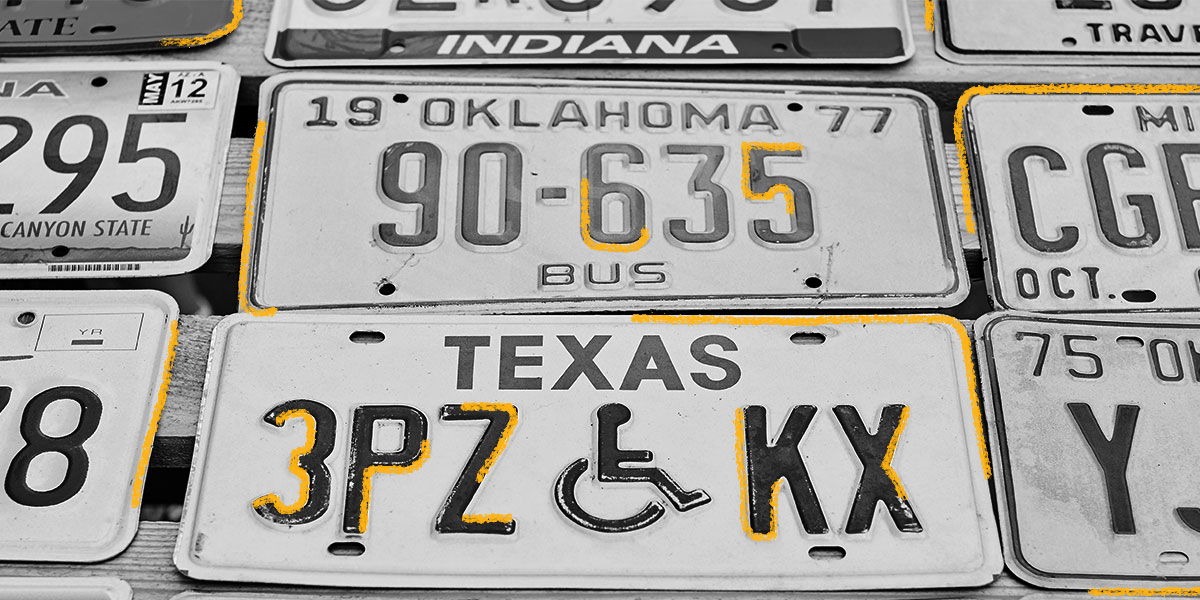While many people simply associate license plates with trips to the DMV, these automobile accessories actually have quite the fascinating history! The story starts out in 1901, when New York passed a law that required license plates on vehicles. However, at first, drivers had to make their own! In 1903, Massachusetts became the first state to issue license plates to drivers; they were made of iron covered with porcelain enamel and colored cobalt blue. The first state-issued plate simply read “1” and was issued to a man named Frederick Tudor. The practice of including a state slogan on license plates began in 1928, when Idaho began putting the phrase “Idaho Potatoes” on all its license plates. Customized license plates, or vanity plates, debuted in 1931 in Pennsylvania. In the 1940s, metal was in short supply due to the war effort, so license plates were made from alternative materials including fiberboard, cardboard, and even soybean-based plastic. The standard license plate size of 12 x 6 inches wasn’t set until 1957. And it wasn't until 1971 that the company 3M introduced the High Intensity Grade Reflective Sheeting used on license plates.

Your go-to guide for weird history facts
Subscribe to the FREE daily email that makes learning about history fun.


